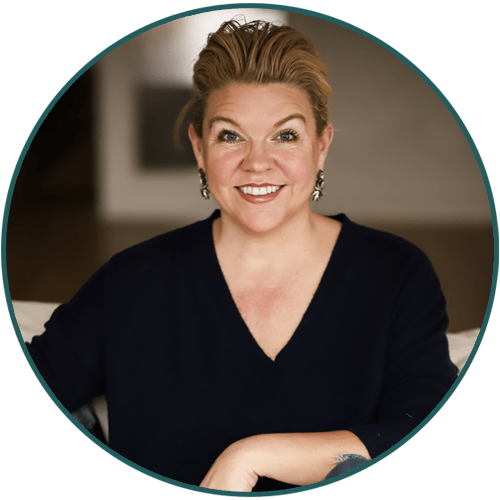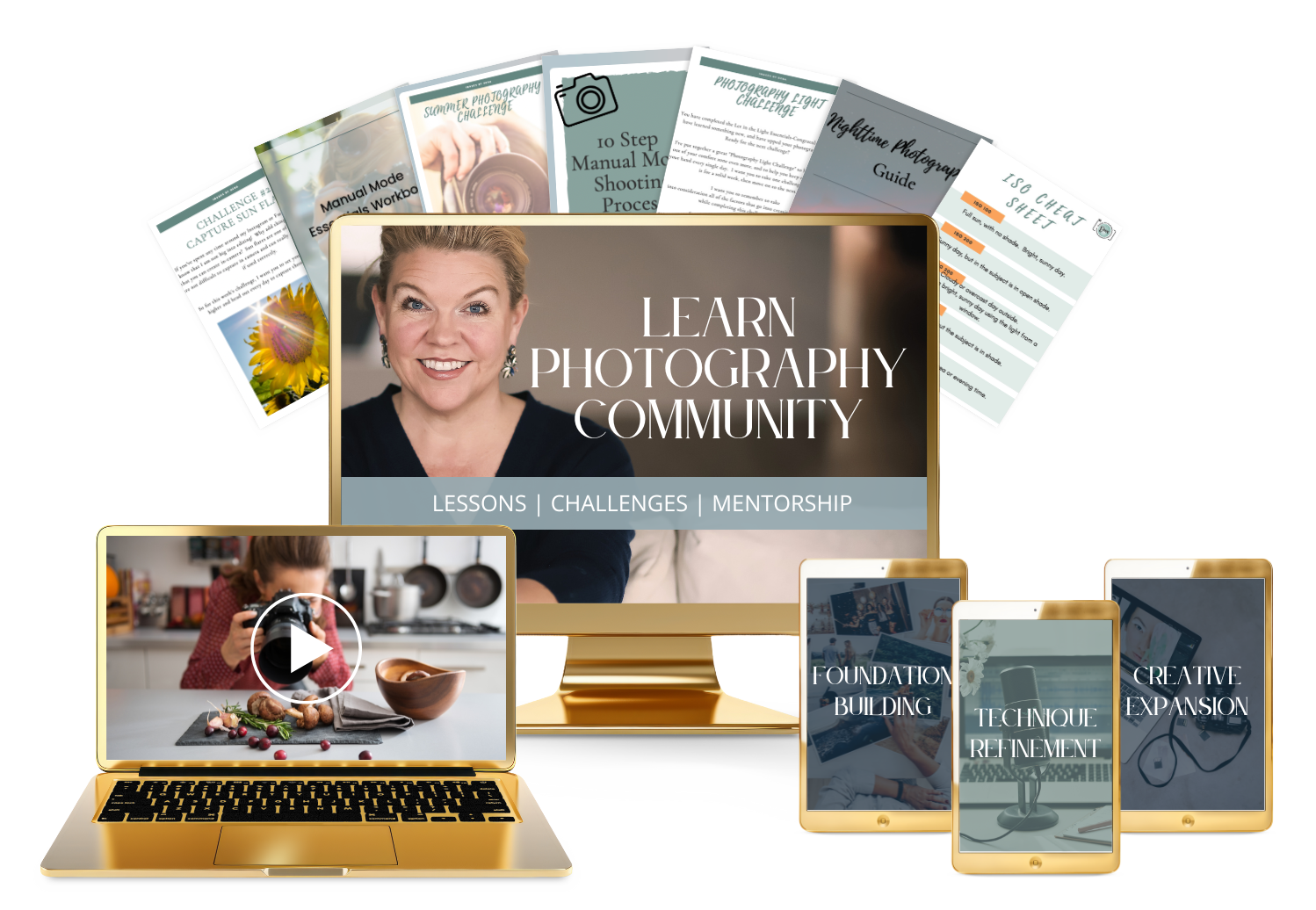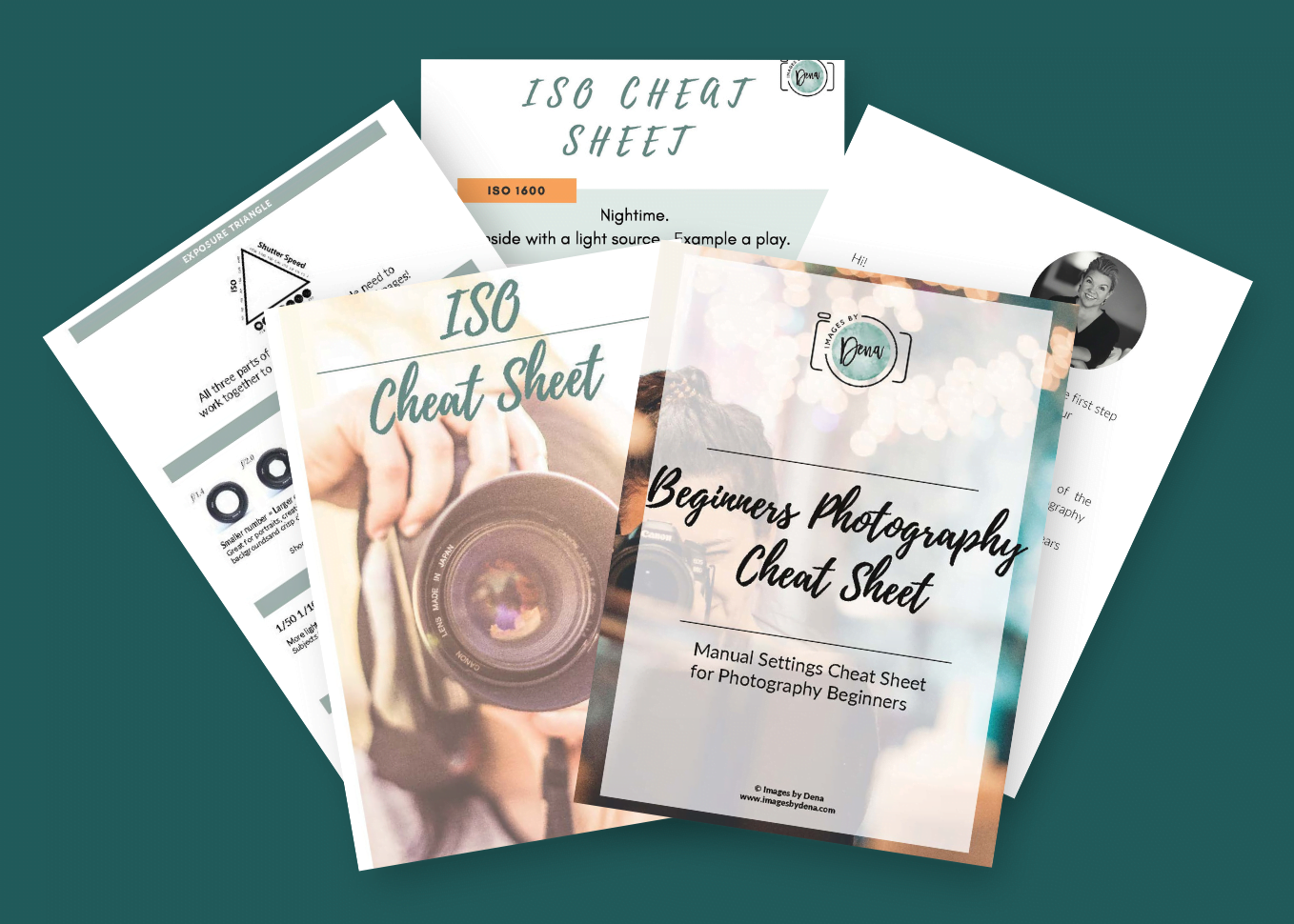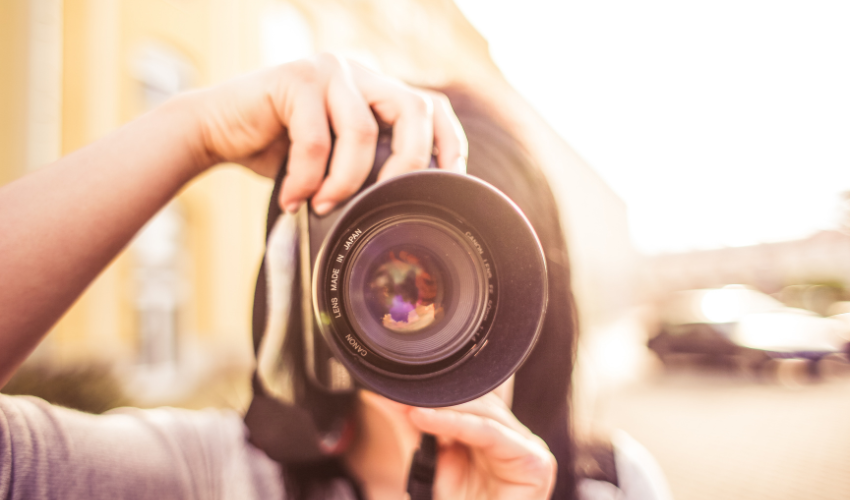
You got a new camera…Now what?
Getting a new camera is exciting, but it can also be overwhelming. There are so many buttons, dials and menus that you’re sure to get frustrated at some point.
That’s okay! The best way to learn to use your new camera correctly is by getting the correct guidance and by doing it repeatedly until you get it right.
But where do you start?
I’ve put together some tips to help you get started with your new camera and to explain the basics of photography and how they apply to taking better pictures every time.
Using your new camera to get great photos
The basic principles of photography.
Using your new camera to take good pictures involves understanding the basic principles of photography:
- Aperture (the size of your lens opening)
- Shutter speed (how long your shutter remains open)
- ISO (the sensitivity of your camera’s sensor)
The most important thing to do after buying a new camera is to practice working on and mastering these principles. The faster you can learn and master these principles the faster you are on your way to using your new camera to get some amazing images. I have some great Cheat Sheets here that will help you understand, Aperture, SS and ISO.
Aperture
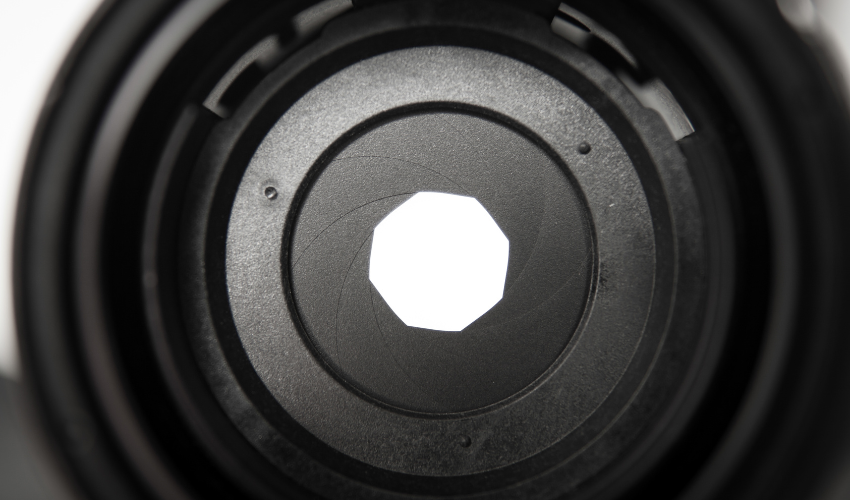
Aperture is one of the most important concepts you need to understand in photography. Aperture is a setting on your camera that controls how much light enters the lens.
If you’re new to photography, it can be difficult to understand what aperture is and why it is so important. It’s helpful to think about aperture like your pupil. It determines the amount of your image that appears sharp and in focus.
Aperture settings are usually expressed as an f-number (f/2, f/8, etc.), which refers to their size relative to each other; for example:
- An f-stop with a small number like 1 or 2 has a wide opening; this lets more light into the camera.
- An f-stop with a large number like 4 or 5 has a narrow opening; this allows less light into the camera.
Shutter Speed
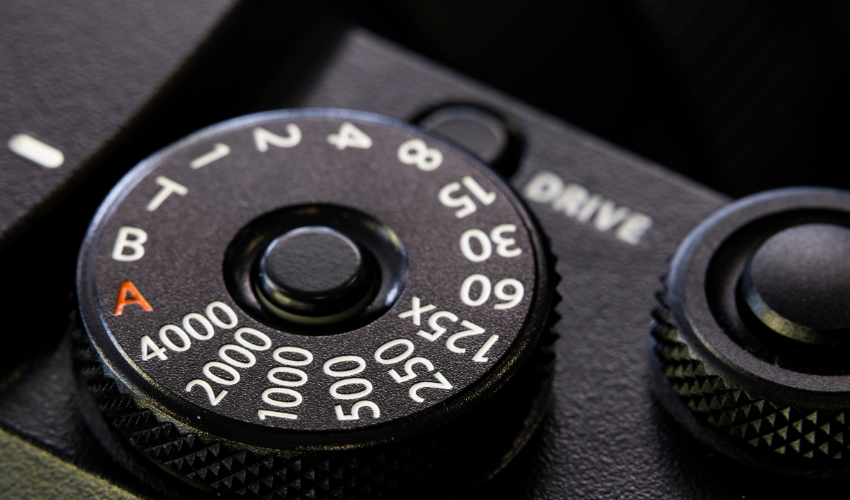
The shutter speed is the amount of time your camera’s aperture is open to let light into the sensor.
A fast shutter speed means that it stays open for a short amount of time, while a slow shutter speed means that it stays open for longer. The longer you leave your camera’s aperture open, the more motion blur can occur in your shot; this effect can be used to create artistic images or simply enhance action shots.
Shutter speeds are measured in fractions of seconds: 1/125th second is faster than 1/30th second but slower than 1/15th second–and so on!
ISO
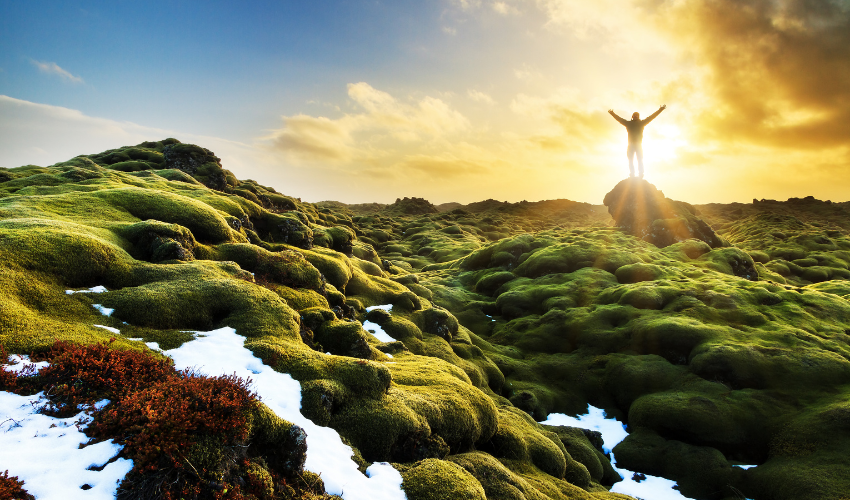
ISO is your camera’s sensitivity to light and will make your photo brighter or darker.
Your camera has a “base” ISO. The base ISO is the lowest ISO your camera can go and is usually ISO100 on most cameras. This base ISO is where you can get the highest quality image with the least amount of noise. If you increase your ISO, the sensitivity to light in your camera increases, resulting in a brighter picture.
With every bump up the ISO, you are doubling the brightness of your image.
Practice, practice and more practice
The most important thing to do after buying a new camera is to understand these principles and practice.
The best way to learn how your camera works, and what it’s capable of, is by playing around with it. Take pictures of everything around you: friends and family; pets; nature; your own home; even the car or dog that sits in front of your house every day.
Taking these photos and practicing will help familiarize yourself with all aspects of photography and give you experience with different types of photos before trying something more challenging like portraits or landscapes.
It may take some time, but getting better at taking pictures is all about learning new techniques, exercising patience and having fun!
Keeping your camera in your hands daily will build the muscle memory and instinct that will be key to your success.
If you’re ready to get started and learn more about shutter speed, aperture and ISO I have a great class where I have broken down all of these aspects into easy-to-understand terms. Check out The Beginners Photography Essentials Class.


